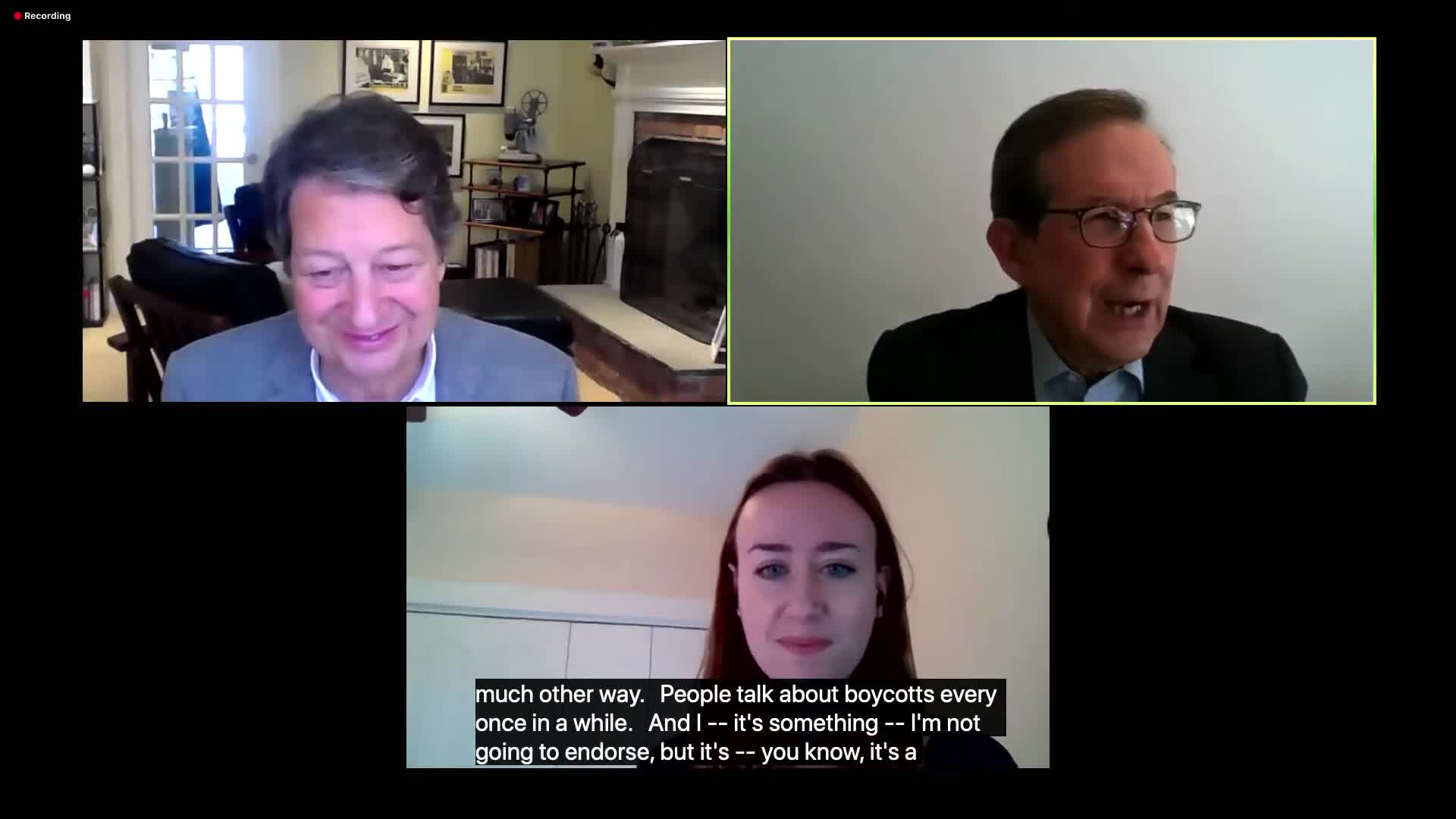Professional Communication
What are the five best practices for writing effective InMail messages on LinkedIn?
LinkedIn InMail success relies on five key strategies. First, craft compelling messages with attention-grabbing subject lines that create curiosity. Second, personalize your outreach using insights from the recipient's profile, such as common interests, experiences, or recent activity. Third, keep messages concise—under 500 characters—to maintain reader attention and optimize response rates. Fourth, include a clear call to action, offering specific next steps like a phone call or sharing valuable resources. Finally, maintain a complete LinkedIn profile, as prospects are 87% more likely to respond to users with fully developed profiles. These practices significantly enhance InMail effectiveness.
Watch clip answer (02:25m)What are the key strategies for writing effective LinkedIn messages that get responses?
Effective LinkedIn messages should lead with relevant pain points rather than product features, as this differentiates you from competitors. Keep messages concise (under 300 characters for initial outreach) and use simple language. Add value before asking for time by sharing useful third-party content like webinars or articles. Leverage voice memos for better engagement and name-drop mutual connections to build familiarity. Always respond quickly to messages, as speed-to-lead increases your chances of booking meetings and closing deals.
Watch clip answer (00:14m)What is intentional remembering and why is it important for building workplace relationships?
Intentional remembering is the practice of recalling details people share in conversations and following up on them later. When colleagues share personal or professional details in passing, taking note of this information and checking in later sends a powerful message that you genuinely care. Chris illustrates this through a personal example of his friend Lindsay, who remembered the anniversary of his father's death when others forgot. By putting reminders in calendars to follow up on colleagues' life events, illnesses, or work challenges, we demonstrate authentic interest in their lives. This small gesture builds trust and strengthens connections, even in remote environments where physical distance separates us.
Watch clip answer (03:46m)What is the most effective approach for follow-up messaging when clients have already agreed to take action?
When clients have agreed to take action (like signing contracts or sending payments), Matt Easton recommends maintaining clear, consistent messaging rather than changing your approach. Instead of passive follow-ups like "just checking in," provide the specific resource they need to complete their promised action. For example, say: "I wanted to make sure you had the link to upload your statements" or "the address to send the check." Keep the same straightforward message across multiple follow-ups without changing tonality or showing frustration, as this maintains professionalism while gently reminding clients of their commitment without creating resistance.
Watch clip answer (04:03m)How can you effectively find and contact people who are most likely to support your brand?
The most effective approach is to start with your closest relationships. Begin by identifying who you communicate with most frequently - reviewing text messages can serve as a filter to determine your closest friends and family members. These 10-50 people are most likely to become evangelists for your brand and actively support your initiatives. After establishing this core group, you can expand to a broader network of 100-200 regular contacts. This strategy makes sense because those with whom you have the strongest relationships are naturally more inclined to help promote your brand. Personal connections are the foundation of effective brand evangelism.
Watch clip answer (00:52m)What are the key strategies for formulating effective interview questions according to Chris Wallace?
According to Chris Wallace, thorough preparation is essential when formulating interview questions. He emphasizes that while interviewers may not know as much as their subjects about specific topics, they have the advantage of knowing what they'll ask in advance. Wallace stresses making questions 'bulletproof' by keeping them focused, narrow, and precisely phrased to prevent interviewees from exploiting imprecisions. Equally important is the follow-up question, which Wallace considers crucial for creating newsworthy moments. He notes that the initial question is sometimes almost a 'throwaway,' while the real value comes from carefully listening to responses and crafting targeted follow-ups. This approach allows interviewers to maintain control of the conversation and extract meaningful information even from challenging subjects.
Watch clip answer (03:44m)




